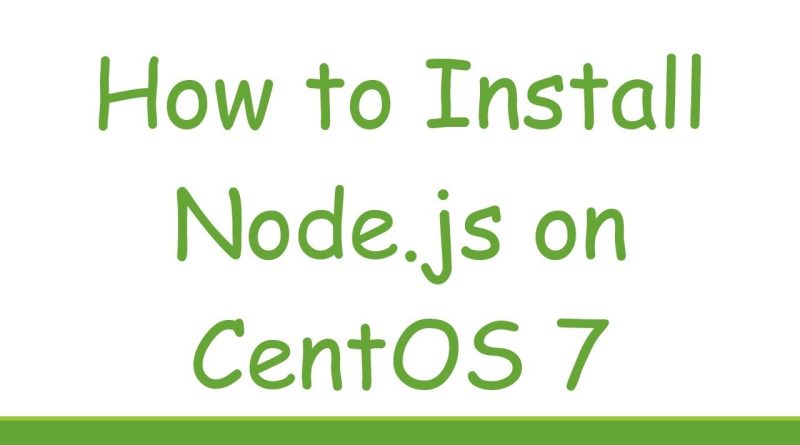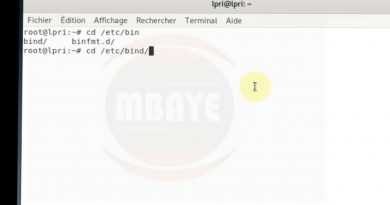How to Install Node.js on CentOS 7
Disclaimer/Disclosure: Some of the content was synthetically produced using various Generative AI (artificial intelligence) tools; so, there may be inaccuracies or misleading information present in the video. Please consider this before relying on the content to make any decisions or take any actions etc. If you still have any concerns, please feel free to write them in a comment. Thank you.
—
Summary: Learn how to install Node.js on CentOS 7 in a few simple steps. Follow this guide to get Node.js up and running on your CentOS 7 server effortlessly.
—
Node.js is a powerful JavaScript runtime built on Chrome’s V8 JavaScript engine, ideal for building scalable network applications. If you’re running CentOS 7 and want to install Node.js, here’s a step-by-step guide to help you through the process.
Step 1: Update System Packages
Before installing Node.js, ensure your system packages are up to date. Run the following command:
[[See Video to Reveal this Text or Code Snippet]]
Step 2: Install Node.js from the EPEL Repository
Node.js can be installed using the Extra Packages for Enterprise Linux (EPEL) repository. First, install the EPEL repository:
[[See Video to Reveal this Text or Code Snippet]]
Step 3: Install Node.js and npm
Once the EPEL repository is installed, you can proceed to install Node.js and npm (Node Package Manager) using the following command:
[[See Video to Reveal this Text or Code Snippet]]
This command will install both Node.js and npm on your CentOS 7 system.
Step 4: Verify Installation
After the installation is complete, you can verify that Node.js and npm are installed correctly by checking their versions:
[[See Video to Reveal this Text or Code Snippet]]
You should see the installed versions of Node.js and npm printed to the terminal.
Step 5: Additional Steps (Optional)
Depending on your requirements, you may need to install additional Node.js packages or global npm packages. You can do this using npm’s command-line interface.
Step 6: Start Using Node.js
With Node.js installed, you’re now ready to start building and running Node.js applications on your CentOS 7 server.
That’s it! You’ve successfully installed Node.js on CentOS 7. Enjoy developing with Node.js and building powerful applications.
centos 7



